Repton and the Legacy of the Viking Great Army
2018-02-23
By Catrine Jarman, University of Bristol In 873 the Viking Great Army attacked the monastery in Repton, forcing the Mercian king to flee the country and installing a puppet king in his place. 1100 years later, excavations led by archaeologists Martin Biddle and Birthe Kjølbye-Biddle at St Wystan’s Church in Repton in the 1970s and …
The Mythbusting Sword from the Bedale Hoard
2018-02-15
By Dr Sue Brunning Written sources from Viking period Britain create the impression that gold-hilted swords were typical weapons for high status warriors. Alfred the Great (871–99) described royal retainers wielding them; his father Æthelwulf (839–58) gifted one to the Holy See in Rome; and his grandson Eadred (946–59) bequeathed another. In the poem about …
Viking Age stone sculpture in the East Midlands
2018-02-02
By Paul Everson How do you make new discoveries of archaeological material dating from the Anglo-Scandinavian era in the East Midlands: the 9th, 10th and 11th centuries? And how do you contribute to scholarly and popular understanding of the Viking Age in England? For myself and my friend and long-term academic collaborator, David Stocker, the …
Pagans and Christians
2018-01-19
By Professor Lesley Abrams How helpful are the terms ‘pagan’ and ‘Christian’, or the concept of the ‘conversion to Christianity’, in explaining the political, religious, and cultural transformation experienced in Scandinavian England in the ninth and tenth centuries? The Viking armies who came to Britain were initially followers of potentially diverse forms of paganism, with …
Danelaw Saga: Bringing Vikings Back to the East Midlands – a student’s view
2018-01-02
By Kayla Kemhadjian The Danelaw Saga exhibition housed in the Weston Gallery at Nottingham Lakeside Arts may seem like a small addition to the Bringing Vikings Back to The East Midlands project. However, intricately weaved in a room which typically houses manuscripts is a wealth of information about how the Vikings shaped the East Midlands. …
Viking: Rediscover the Legend – a student’s view
2017-12-15
By Jessica Sims When most people think of the Midlands, they think of a place neither here nor there – a grey area in Britain with no discernable features of its own. Academics interested in the study of the Viking Age have tended to look at areas further north such as York when thinking about …
Danelaw Saga: Bringing Vikings Back to the East Midlands
2017-12-11
By Ursula Ackrill The Weston Galley’s Danelaw Saga tells a new and exciting story with Viking finds borrowed from museums as well as with manuscript and printed exhibits sourced from Manuscripts and Special Collections at the University of Nottingham. The exhibition complements the current University of Nottingham Museum’s exhibition Viking: Rediscover the Legend by focusing …
Lunchtime Lecture Preview: Assembling Vikings: Thinking through Things in the East Midlands
2017-12-04
By John Baker A feature of the Viking diaspora was the establishment of Thing sites, places of regular popular gatherings, where disputes were settled and justice was done. The Old Norse word thing (usually written þing) meant ‘assembly’, and some Thing sites are famous as places of government—Thingvellir, location of the Icelandic Althing, Tinganes, historically …
Viking and Anglo-Saxon Stone Sculpture in Nottinghamshire and Derbyshire
2017-07-25
By Cassidy Croci Before the Great Heathen Army descended upon the East Midlands in the late ninth century, the area was known as Mercia, a kingdom controlled by the Anglo-Saxons. Anglo-Saxon stone sculpture is scattered across this landscape. On Monday 17th July members of the Centre for the Study of the Viking Age set out …
Repton in the Viking Age
2017-06-16
One of the aims of our project is to find out more about what happened in the East Midlands in the Viking Age. A key site near to our Nottingham base is Repton, in Derbyshire. This was an important centre of the Anglo-Saxon kingdom of Mercia, and the burial site of several of its kings. It was …

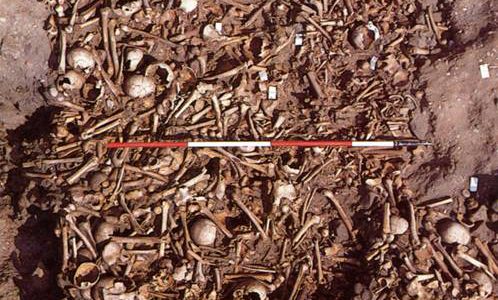
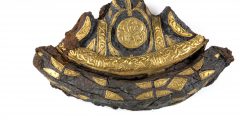
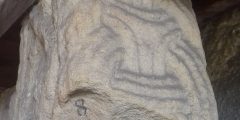
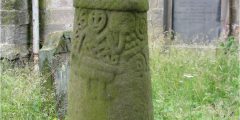
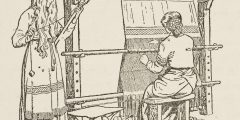
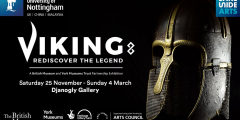
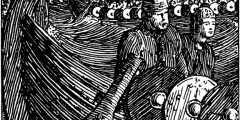
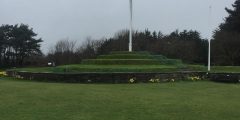
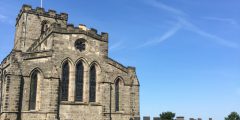
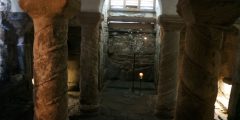
Recent Comments